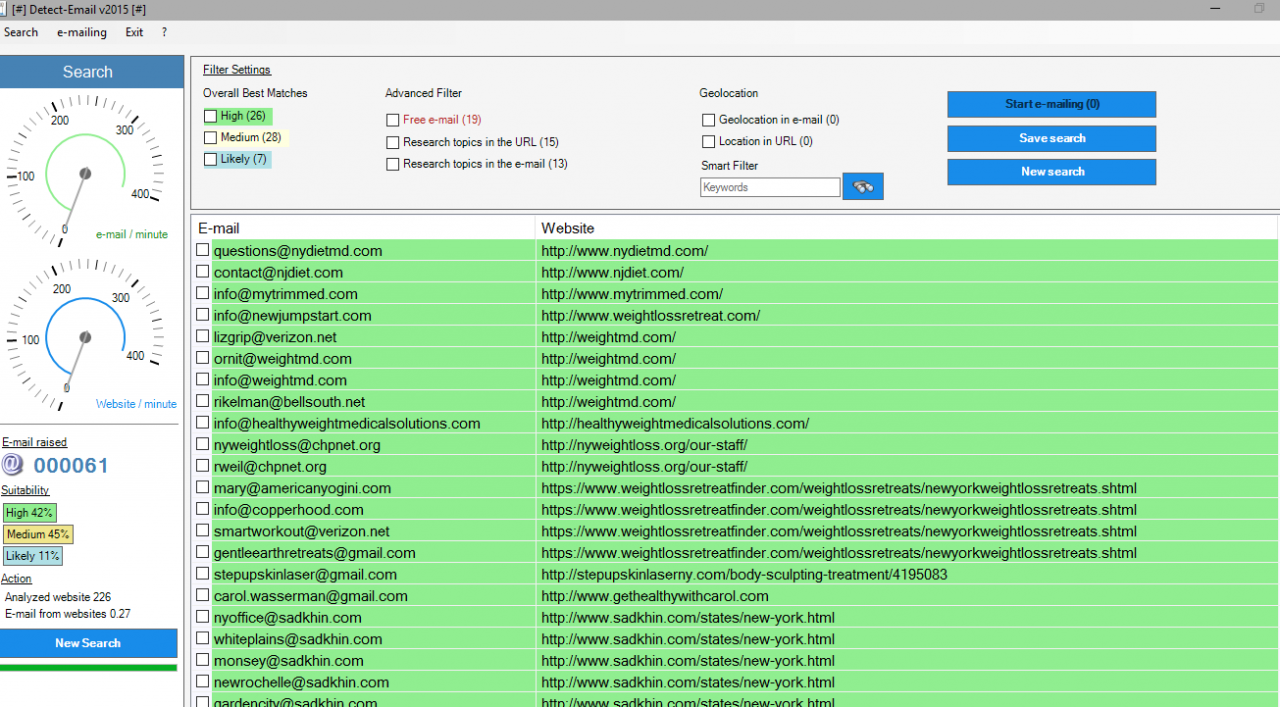
Next, imagine each folder has 5,000 emails, and some of these emails have attachments that are 1 MB each. Next, imagine that when they linked their Outlook folders, they chose the option to keep the email in Outlook after it is filed. First, imagine you have the Email Management for Outlook installed, and have users that have linked folders within their Outlook inbox to matter Workspaces. Why might this key be dangerous? With the right combination of supported configurations, it could spell disaster. The third key determines the scope of the detection, and, as I’ll explain afterwards, could be the most dangerous key you could configure:ĭWORD Name: Server-Side Duplicate Detection TypeĠ– Searches for duplicates within the target folder or workspace.ġ– Searches for duplicates across entire target library. String Value: Y – Server performs duplicate detection HKEY_LOCAL_MACHINESOFTWAREWow6432NodeInterwovenWorkSiteimDmsSvc The second key enables the server-side detection: HKEY_LOCAL_MACHINESoftwareWow6432NodeInterwovenWorkSiteimDmsSvcĭWORD Value: 2 – Disables Client-side E-mail Duplicate Detection The first one disables client-side email duplicate detection: More emails will be filed with the new algorithm.Īccording to the release notes, there are 3 registry keys that need to be added to each WorkSite Server in order to use the server-side duplication detection. So this now means that forwarded messages are NOT duplicates, and would also be filed - a little something to keep in mind when it comes to expected storage on your file servers and indexers.
#Mailing program duplicate detector update#
Update 6 enables server-side duplicate detection based on the message send date and message subject, in addition to the MSG_ID.

This often caused problems with forwarded messages, or certain Outlook forms that share a MSG_ID. Previously, the FileSite client would evaluate duplicates based on the MSG_ID value from Exchange. Autonomy ( HP) recently released WorkSite Server 8.5 SP1 Update 6, with a new enhanced server-side email duplication detection technology.


 0 kommentar(er)
0 kommentar(er)
